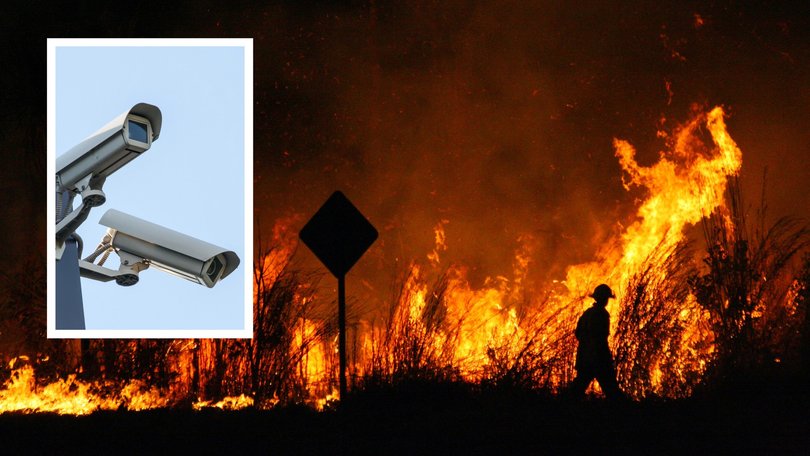Bushfire outlook: Aussie ‘firetech’ firms calling on AI adoption ahead hotter-than-average season

Entrepreneurs are calling on governments to ramp up the use of technology in the mitigation, detection and response to bushfires as the latest seasonal outlook predicts increased risk across Western Australia, Victoria and South Australia.
So-called “firetech” start ups — focused on using artificial and new technology in firefighting — are beginning to shake up Australia’s emergency management.
US firm Pano’s AI-powered cameras have already established the largest early detection fire network in Australia, operating in areas across NSW, Victoria, SA, and Tasmania.
Sign up to The Nightly's newsletters.
Get the first look at the digital newspaper, curated daily stories and breaking headlines delivered to your inbox.
By continuing you agree to our Terms and Privacy Policy.WA has trialled similar detection cameras in four towers in the South West but is yet to adopt a wider network.
FiSci is part of a growing group of Australian firetech firms — including Fire Foresight, Exci, and Watchtowers — using advanced AI and machine learning to aid firefighting.
FiSci boss Matthews Robards said its system had a greater focus on prevention, using predictive modelling and geospatial analytics to assess bushfire spread and impact based on conditions, landscape and undertaken mitigation measures.
“Often, particularly in the most extreme conditions, by the time the fire has been detected it’s already too late. We’re using AI to figure out where the greatest risks exist, and prescribe the mitigating treatments, months or years in advance,” the co-founder told The West Australian.
“I’d love to see a greater push for Australia to lead the charge in this space. If there’s one thing we lead the world in, it’s the intensity and severity of our bushfires. Let’s use this to our advantage to bring world-leading solutions.
“We have some great research coming out of the universities and the likes of CSIRO, but I feel that greater collaboration with the private sector would help us capitalise on this research.”
Mr Robards highlighted NSW’s Natural Hazards Detection System — which looks to use innovation to improve early warning and identification of floods and bushfires — as an example of governments embracing and investing in tech.
“The NSW Chief Scientist does an excellent job of bridging this gap and operationalising research, though much more like this must be done to break down the barriers between the government and private sectors,” he said.
The emerging firetech sector in Australia follows a growing movement in Silicon Valley to help manage wildfires across the United States and Canada.
According to the latest High Risk Weather Season Outlook for October 2025 to April 2026, Australia will experience hotter daytime and overnight temperature, and a heightened Spring bushfire risk in WA, SA, and Victoria.
The increased fire risk has prompted Victoria to bring forward its season by a month to start in October.
While some jurisdictions face an increased fire risk, parts of the east coast already been lashed by a wet winter are forecast to have a higher chance of rainfall and flooding across spring.
Emergency Management Minister Kristy McBain said the Federal Government was bolstering preparedness after 70 declared disasters, which affected hundreds of council areas nationally in the same period last year.
Ms McBain on Tuesday said $160 million had been invested to boost the National Aerial Firefighting Fleet since 2022, and also hinted at a further announcement expected “very shortly” after a review.
National Emergency Management Agency acting coordinator-general Joe Buffone said Australia had a “very dynamic” aerial firefighting capacity of 160 different aircraft but that it also included smaller, single-engine crop dusters and helicopters.
The official summer 2025-26 bushfire outlook, however, is expected to give a clearer picture when released in November.
Originally published on The West Australian
